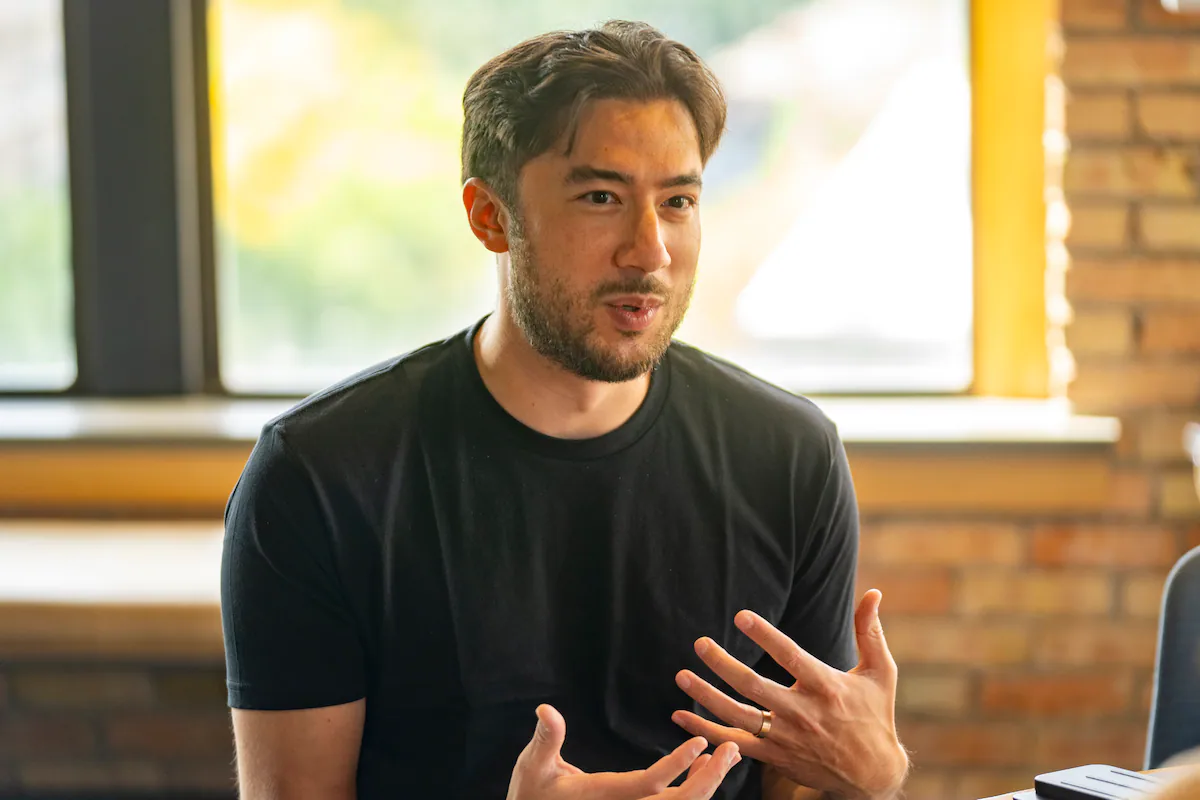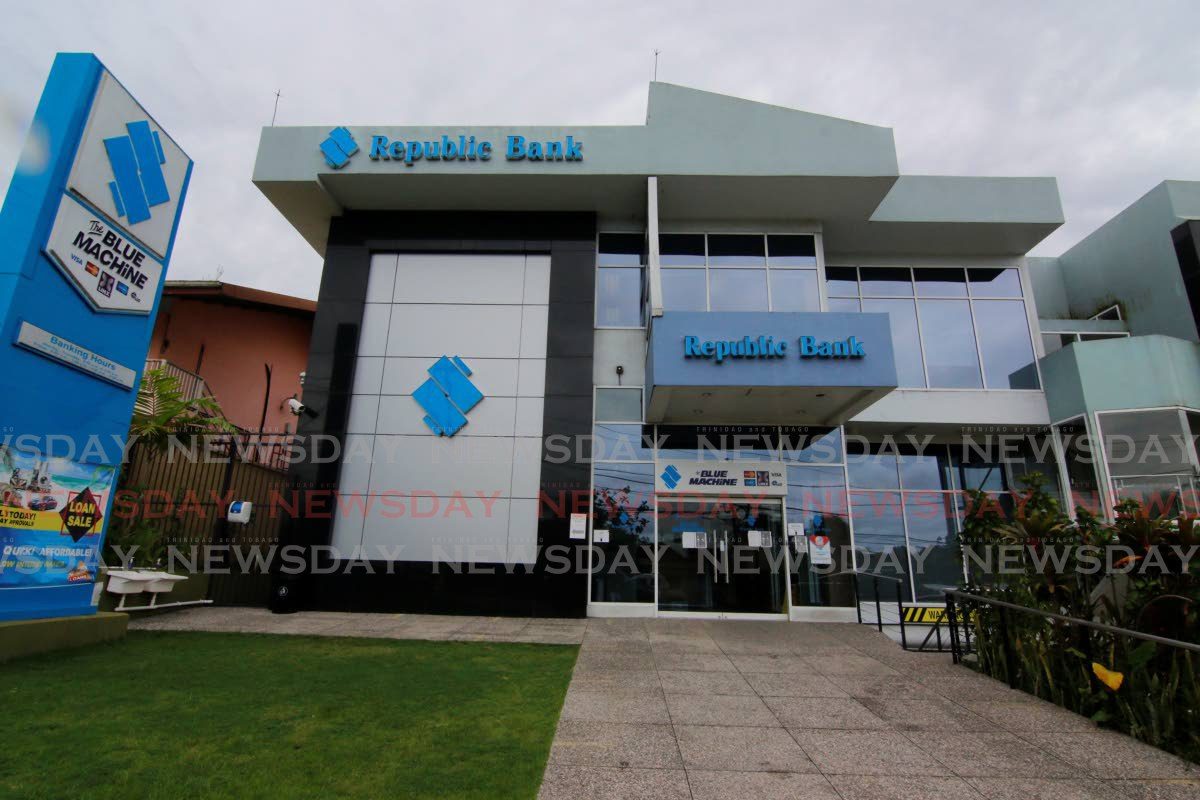
Neither of the founders of software company DX are from Utah. Nor are most of its early employees, who helped launch the business above an art gallery on Park City’s quaint Main Street during the pandemic.
Co-founder Abi Noda didn’t want to build DX in a “crazy tech hub, with just tech people,” like San Francisco, he said. He chose Utah’s Silicon Slopes instead, electing to grind in a “smaller but very supportive community” over “chasing after venture capital dollars” in saturated West Coast markets.
As DX developed software to measure the productivity of software developers and engineers, “I wanted a place that was pretty grounded in real life, reality,” he said.
It seems to have paid off. Software behemoth Atlassian announced last month that it is acquiring DX for $1 billion.
Noda declined to specify how the buyout has financially benefitted employees of DX, cofounded by Chief Revenue Officer Greyson Junggren and now headquartered in downtown Salt Lake City.
But he said with a smile: “I’ll just say, this is an outcome that everyone on the team is really happy about, excited about,” he said, “both short-term and long-term.”
Becoming part of Atlassian also means the company can increase staff, and it’s already doing so at a “really blistering pace,” Noda said. So far, he said, there are about 130 employees, up from about 80 in March, when ICONIQ Growth announced its investment in DX.
Atlassian co-founder and CEO Mike Cannon-Brooke is a minority owner of the Utah Jazz and a longtime friend of Jazz owner Ryan Smith, founder of software company Qualtrics. Representatives for Atlassian declined The Salt Lake Tribune’s request to interview Cannon-Brookes, but he recently told TechCrunch “he’s always felt an affinity for Utah-based entrepreneurs.”
He wanted DX because Atlassian needed the types of tool DX creates, Cannon-Brookes said, but also because he understands DX’s Utah ethos.
Atlassian was founded in Australia, and “Australian tech gets on really well with the Utah tech industry,” Cannon-Brookes told Forbes in 2020. He noted that his company and Smith’s Qualitrics were both built outside Silicon Valley. “You’ve got to think differently when you don’t have that ecosystem around you,” he said.
Sterling Snow, a venture partner at Pelion, one of Utah’s oldest and largest firms that invest in early-stage companies, agreed that Utah business leaders are more “grounded.”
“A lot of people, especially in the Bay Area, you like play pretend startups,” Snow said, “and here we’re like, ‘No, we just like building businesses. We’re not doing it for the hype or the vanity. We just like building stuff.’”
He said that with Atlassian acquiring DX, more people are buying in, literally, to the idea that “generational tech companies” can be built in Utah.
“They’re starting to see what we see,” Snow said, “which is that we’re very much on the up and up, and we’ll be producing really cool companies.”
In the last month, he noted, Utah companies Pattern and Angel Studios both went public, software maker Pattern with a $2.6 billion market cap and Angel Studios valued at $1.6 billion.
Filevine, which makes software for law firms, raised $400 million. Torus, an energy company in South Salt Lake, raised $200 million. Salt Lake City-based Run Ventures announced $290 million in an early-stage venture capital fund to invest in tech companies across the U.S.
Snow said he predicts more announcements from Utah companies going forward. “I would bet a lot of money on it,” he said, before correcting himself. “We are betting a lot of money on that.”
From fluting to computing
When Noda, now 35, was growing up in Chicago, neither of his parents were entrepreneurs. They loved classical music — which led to Noda picking up the flute and eventually planning to study music performance in college, he said.
But when Noda was approaching the end of high school, he said, his parents sat him down and asked if he was certain he wanted to pursue music as a job. Noda soon quit music and the flute, opening up hours of free time in his schedule.
“So then,” he said, “I just started going to the computer lab.”
There, he discovered (or “rediscovered,” he said; his dad was a software engineer and Noda taught himself to code in middle school) web development and design — “this idea that you could just build a software product, sell it to people and make a living.”
“I just thought that’s amazing, and, yeah, since I was 17,” Noda said, “I’ve been basically trying to do this, or doing different forms of what I do today.”
Before DX, Noda created “tons” of other software, he said, but his first real success was Pull Panda in 2018. Similar to DX, it aimed to measure the productivity of software engineers. It was acquired by GitHub in 2019.
After Pull Panda, Noda was searching for his next project and planned to move to California. A friend living in Utah asked him to stop by and stay for a while.
Noda said he quickly fell in love with the outdoors and Utah’s culture, identifying with its pragmatic, enterprising ethos, as well as the state’s spirituality, and finding “really reasonable, reliable, hard-working, really smart people” along the way.
“I came here with my three big duffel bags that I was moving to California with,” he said, “and I never left Utah.”
What is DX?
Noda said his fixation on measuring software engineer productivity is less about attaining efficiency and more about giving his teams a “sense of progress and mastery.”
“I want to feel like I am helping the team be better,” he said, “and I want to be able to track that.”
Like with his planned music career, though, his parents, or specifically his father, was not totally on board.
“We would have these really heated debates about, because I was trying to figure out how to measure this stuff,” Noda recalled, “and he was like, ‘You can’t. You can’t measure it, and it’s bad to measure it.’”
Today, DX, an abbreviated version of “developer experience,” pairs qualitative and quantitative data to understand developer productivity.
Their tools still do “telemetry,” Noda said, or looking at when and how fast updates are occurring in software’s lifecycle. But, he added, they also rely on self-reported data from the developers themselves, “providing input on where the inefficiencies are, how [they] feel about different processes, like, where is the work or the process cumbersome or high friction?”
Noda likes to compare DX’s work with a visit to the doctor’s office. If a physician only checked a patient’s vitals and didn’t ask them how they felt, that wouldn’t be good. If they only asked how a patient felt and didn’t check vitals, that’s also not good. That’s why DX aims to do both.
Companies like Pinterest, GitHub, BNY and Xero already use DX’s insights, Noda said on DX’s website when announcing the acquisition. Atlassian itself, with a client list that includes 80% of Fortune 500 companies, tried to build a similar in-house tool before ultimately opting to buy DX, Cannon-Brookes told TechCrunch.
“By pairing DX’s intelligence platform with Atlassian’s solutions,” Noda wrote, “customers can unlock a powerful flywheel: pinpointing bottlenecks with data, then addressing them with targeted, AI-powered solutions.”
Getting past skepticism
But Noda said it wasn’t until the end of 2022, after he had rebuilt DX at least four times, that he began to see that it could be successful.
Early on, he said, it was “really hard to just get people to even accept and align with the idea.” They, like Noda’s late father, were skeptical that his approach to measuring productivity could work or was valuable.
“People would tell us,” he recalled, “‘You’re crazy. Why would we ever rely on subjective data from our people, instead of just looking at the objective data?”
But opinions have evolved over time. Noda said now there is more general acceptance of human data — and DX proved meaningful to companies as they tried to measure productivity during the rise of remote and hybrid work and economic tightening.
Noda said it’s hard to imagine what his life or DX will look like five or ten years from now, with the pace technology, and the ways which humans interact and work with it, is evolving.
But he hopes DX’s work will lead to happier developers, he said, “who are “able to do better work every day” on the technologies that people increasingly integrate into their lives and rely on — whether they’re taking the bus, or catching a flight or walking into a bank.
“That,” he said, “benefits all of us.”



